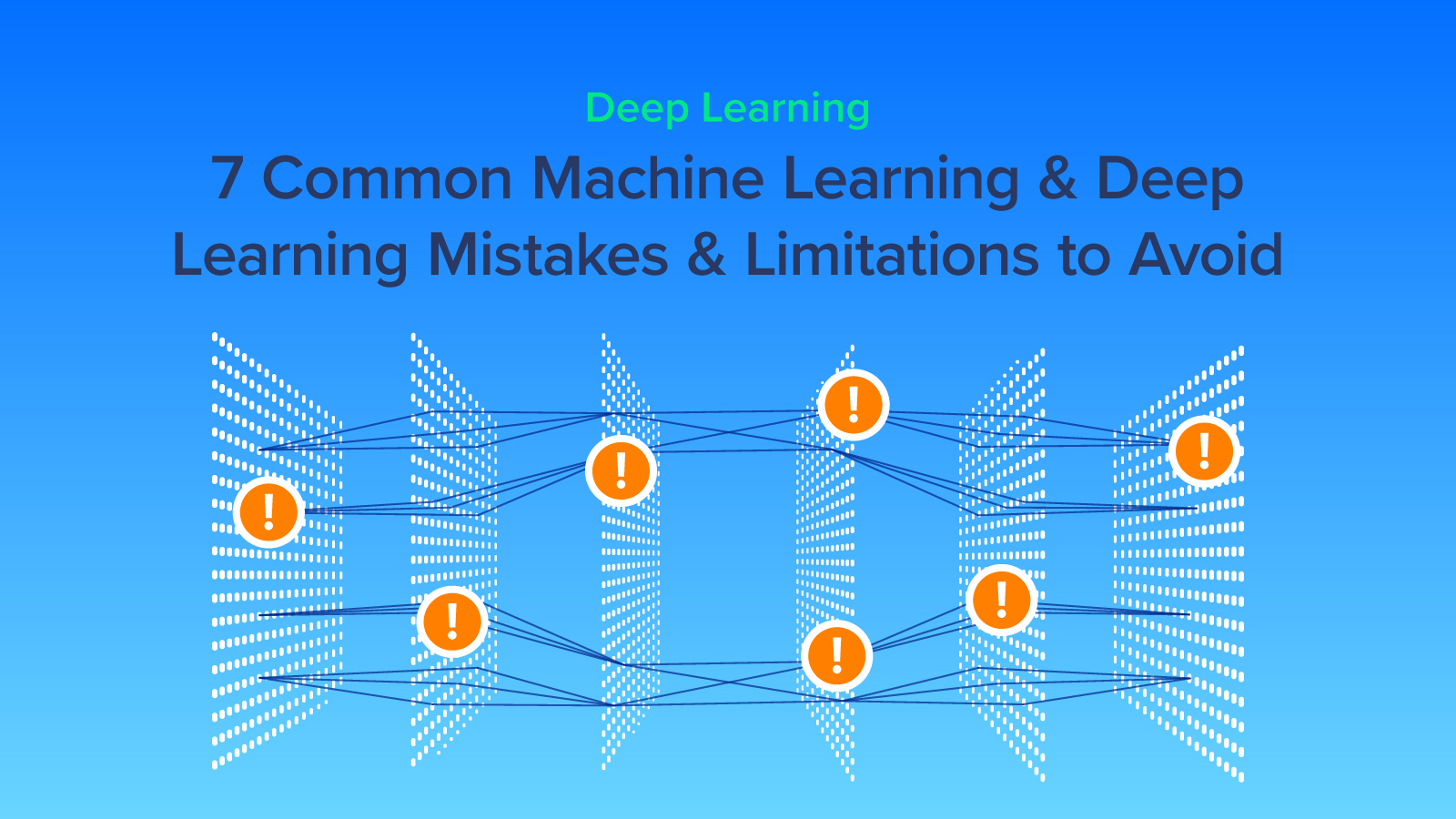
Whether you’re just getting started or have been working with AI models for a while, there are some common machine learning and deep learning mistakes we all need to be aware of and reminded of from time to time. These can cause major headaches down the road if left unchecked! If we pay close attention to our data, model infrastructure, and verify our outputs as well we can sharpen our skills in practicing good data scientist habits.
Machine Learning and Deep Learning Data Mistakes to Avoid

When getting started in machine learning and deep learning there are mistakes that are easy to avoid. Paying close attention to the data we input (as well as the output data) is crucial to our deep learning and neural network models. The importance in preparing your dataset before running the models is imperative to a strong model. When training an AI model, 80% of the work is data preparation (gathering, cleaning, and preprocessing the data), while the last 20% is reserved for model selection, training, tuning, and evaluation. Here are some common mistakes and limitations we face when training data-driven AI models.
1. Using Low-Quality Data
Low-quality data can be a significant limitation when training AI models, particularly in deep learning. The quality of the data can have a major impact on the performance of the model, and low-quality data can lead to poor performance and unreliable results.
Some common issues with low-quality data include:
- Missing or incomplete data: If a significant portion of the data is missing or incomplete, it can make it difficult to train an accurate and reliable model.
- Noisy data: Data that contains a lot of noise, such as outliers, errors, or irrelevant information, can negatively impact the performance of the model by introducing bias and reducing the overall accuracy.
- Non-representative data: If the data used to train the model is not representative of the problem or task it is being used for, it can lead to poor performance and generalization.
It’s extremely important to ensure that the data is high quality by carefully evaluating and scoping it via data governance, data integration, and data exploration. By taking these steps we can ensure clear, ready-to-use data.
2. Ignoring High or Low Outliers
The second most common deep learning mistake in data includes the failure to recognize and account for outliers in datasets. It's crucial to not neglect these outliers because they can have a significant impact on deep learning models, especially neural networks. We might think to keep it as it is representative of the data but outliers are often edge cases and to train an AI model to generalize a task, these outliers can hurt accuracy, introduce biases, and increase variance.
Sometimes they are just the result of data noise (which can be cleaned up by referencing what we discussed in the last section), while other times they might be a sign of a more serious problem. These outliers can drastically influence results and produce incorrect forecasts in models if we don’t pay careful attention to the outliers in the data.
Here are a few efficient ways to handle outliers in the data:
- Removing the outlier using proven statistical methods such as the z-score method, hypothesis testing, and others.
- Utilize techniques like Box-Cox transformation or median filtering to alter and clean them up by clipping or adding caps to outlier values.
- Switch to using stronger estimators such as the median data point or trimmed mean instead of using the regular mean to better account for outliers
The specific way to deal with the outliers in datasets largely depends on the data being used and the type of research the deep learning model is being used for. However, always be conscious of them and take them into consideration to avoid what is one of the most common machine learning and deep learning mistakes!
3. Utilizing Datasets That Are Too Large or Too Small
The size of the dataset can have a significant impact on the training of a deep-learning model. In general, the larger the dataset, the better the model will perform. This is because a larger dataset allows the model to learn more about the underlying patterns and relationships in the data, which can lead to better generalization of new, unseen data.
However, it's important to note that simply having a large dataset is not enough. The data also needs to be high quality and diverse in order to be effective. Having a lot of data but it being low quality or not diverse will not improve the model's performance. Furthermore, too much data can also cause problems.
- Overfitting: If the dataset is too small, the model may not have enough examples to learn from and may overfit the training data. This means that the model will perform well on the training data but poorly on new, unseen data.
- Underfitting: If the dataset is too large, the model may be too complex and may not be able to learn the underlying patterns in the data. This can lead to underfitting, where the model performs poorly on both the training and test data.
In general, it's important to have a dataset that is large enough to provide the model with enough examples to learn from, but not so large that it becomes computationally infeasible or takes too long to train. There’s a sweet spot. Additionally, it's important to make sure that the data is diverse and of high quality in order for it to be effective.
Common Infrastructure Mistakes In Machine and Deep Learning
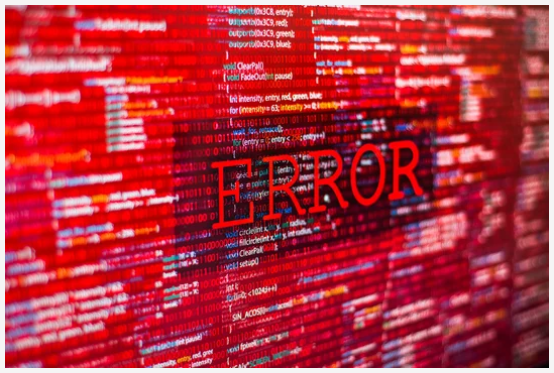
When working in machine learning and deep learning, mistakes are a part of the process. The easiest mistakes to remedy are often the most expensive ones, though. Each AI project should be evaluated on a case-by-case basis to determine the proper infrastructure for getting the best results possible.
Sometimes simply upgrading certain components is sufficient, but other projects will require a trip back to the drawing board to make sure everything integrates appropriately.
4. Working With Subpar Hardware
Deep learning models are required to process enormous amounts of data. This is their primary function, put it simply. Because of this, many times older systems and older parts can't keep up with the strain and break down under the stress of the sheer amount of data needed to be processed for deep learning models.
Working with subpar hardware can have an impact on the performance of training your model due to the limited computational resources, memory, parallelization, and storage. Gone are the days of using hundreds of CPUs. The effectiveness of GPU computing for deep learning and machine learning has given the modern day the prowess to parallelize the millions of computations needed to train a robust model.
Large AI models also require a lot of memory to train especially on large datasets. Never skimp out on memory since out-of-memory errors can haunt you when you’ve already begun training and have to restart from scratch. Alongside data storage, you will also need ample space to store your large dataset.
Mitigating these limitations on computational hardware is simple. Modernize your data center to withstand the heaviest computations. You can also leverage pre-trained models from resources like HuggingFace to get a headstart on developing a complex model and fine-tuning them.
Exxact Corporation specializes in providing GPU workstations and GPU servers at scale for anyone at any stage of their deep learning research. Whether you’re a single researcher or in a team, Exxact customizes systems to fit its user. Learn more about our Deep Learning Solutions for more information.
5. Integration Errors
By the time an organization decides to upgrade to deep learning, they typically already have machines in place they want to use or repurpose. However, it is challenging to incorporate more recent deep learning techniques into older technology and systems, both physical systems and data systems.
For the best integration strategy, maintain accurate interpretation and documentation because it may be necessary to rework the hardware as well as the datasets used.
Implementing services like anomaly detection, predictive analysis, and ensemble modeling can be made considerably simpler by working with an implementation and integration partner. Keep this in mind when getting started to avoid this common machine learning and deep learning mistake.
Machine and Deep Learning Output Mistakes to Avoid

Once the datasets have been prepared and the infrastructure is solid, we can start generating outputs from the deep learning model. This is an easy spot to get caught up in one of the most common machine learning and deep learning mistakes: not paying close enough attention to the outputs.
6. Only Using One Model Over and Over Again
It might seem like a good idea to train one deep-learning model and then wash, rinse, and repeat. However, it’s actually counterintuitive!
It is by training several iterations and variations of deep learning models that we gather statistically significant data that can actually be used in research. For example, if a user is training one model and only uses that model over and over again, then it will create a standard set of results that will be expected time and time again. This might come at the expense of introducing a variety of datasets into the research which might give more valuable insights.
Instead, when multiple deep learning models are used and trained on a variety of datasets, then we can see different factors that another model might have missed or interpreted differently. For deep learning models like neural networks, this is how the algorithms learn to create more variety in their outputs instead of the same or similar outputs.
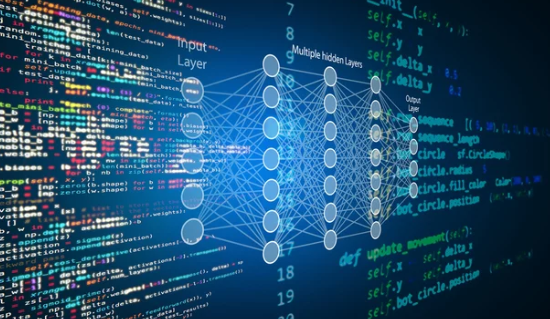
7. Trying to Make Your First Model Your Best Model
It can be tempting to create a single deep-learning model that can perform all necessary tasks when first starting out. However, since different models are better at forecasting particular things, this is typically a prescription for failure.
Decision trees, for instance, frequently perform well when forecasting categorical data if there isn't a clear association between components. However, they are not very helpful when trying to tackle regression issues or create numerical forecasts. On the other hand, logistic regression works incredibly well when sifting through pure numerical data, but falls short when trying to predict categories or classifications.
Iteration and variation are going to be the best tools to use for creating robust results. While it might be tempting to build it once and reuse it, that is going to stagnate the results and can cause users to neglect many other possible outputs!
Want to Know What Other Common Mistakes to Avoid In Deep Learning?
Even those who have been developing machine learning and deep learning models can fall into these common mistakes. If you are asking yourself how to avoid these common machine learning and deep learning mistakes, then we would love to help!
Have any Questions?
Contact Us Today!

7 Common Machine Learning and Deep Learning Mistakes and Limitations to Avoid
Whether you’re just getting started or have been working with AI models for a while, there are some common machine learning and deep learning mistakes we all need to be aware of and reminded of from time to time. These can cause major headaches down the road if left unchecked! If we pay close attention to our data, model infrastructure, and verify our outputs as well we can sharpen our skills in practicing good data scientist habits.
Machine Learning and Deep Learning Data Mistakes to Avoid

When getting started in machine learning and deep learning there are mistakes that are easy to avoid. Paying close attention to the data we input (as well as the output data) is crucial to our deep learning and neural network models. The importance in preparing your dataset before running the models is imperative to a strong model. When training an AI model, 80% of the work is data preparation (gathering, cleaning, and preprocessing the data), while the last 20% is reserved for model selection, training, tuning, and evaluation. Here are some common mistakes and limitations we face when training data-driven AI models.
1. Using Low-Quality Data
Low-quality data can be a significant limitation when training AI models, particularly in deep learning. The quality of the data can have a major impact on the performance of the model, and low-quality data can lead to poor performance and unreliable results.
Some common issues with low-quality data include:
- Missing or incomplete data: If a significant portion of the data is missing or incomplete, it can make it difficult to train an accurate and reliable model.
- Noisy data: Data that contains a lot of noise, such as outliers, errors, or irrelevant information, can negatively impact the performance of the model by introducing bias and reducing the overall accuracy.
- Non-representative data: If the data used to train the model is not representative of the problem or task it is being used for, it can lead to poor performance and generalization.
It’s extremely important to ensure that the data is high quality by carefully evaluating and scoping it via data governance, data integration, and data exploration. By taking these steps we can ensure clear, ready-to-use data.
2. Ignoring High or Low Outliers
The second most common deep learning mistake in data includes the failure to recognize and account for outliers in datasets. It's crucial to not neglect these outliers because they can have a significant impact on deep learning models, especially neural networks. We might think to keep it as it is representative of the data but outliers are often edge cases and to train an AI model to generalize a task, these outliers can hurt accuracy, introduce biases, and increase variance.
Sometimes they are just the result of data noise (which can be cleaned up by referencing what we discussed in the last section), while other times they might be a sign of a more serious problem. These outliers can drastically influence results and produce incorrect forecasts in models if we don’t pay careful attention to the outliers in the data.
Here are a few efficient ways to handle outliers in the data:
- Removing the outlier using proven statistical methods such as the z-score method, hypothesis testing, and others.
- Utilize techniques like Box-Cox transformation or median filtering to alter and clean them up by clipping or adding caps to outlier values.
- Switch to using stronger estimators such as the median data point or trimmed mean instead of using the regular mean to better account for outliers
The specific way to deal with the outliers in datasets largely depends on the data being used and the type of research the deep learning model is being used for. However, always be conscious of them and take them into consideration to avoid what is one of the most common machine learning and deep learning mistakes!
3. Utilizing Datasets That Are Too Large or Too Small
The size of the dataset can have a significant impact on the training of a deep-learning model. In general, the larger the dataset, the better the model will perform. This is because a larger dataset allows the model to learn more about the underlying patterns and relationships in the data, which can lead to better generalization of new, unseen data.
However, it's important to note that simply having a large dataset is not enough. The data also needs to be high quality and diverse in order to be effective. Having a lot of data but it being low quality or not diverse will not improve the model's performance. Furthermore, too much data can also cause problems.
- Overfitting: If the dataset is too small, the model may not have enough examples to learn from and may overfit the training data. This means that the model will perform well on the training data but poorly on new, unseen data.
- Underfitting: If the dataset is too large, the model may be too complex and may not be able to learn the underlying patterns in the data. This can lead to underfitting, where the model performs poorly on both the training and test data.
In general, it's important to have a dataset that is large enough to provide the model with enough examples to learn from, but not so large that it becomes computationally infeasible or takes too long to train. There’s a sweet spot. Additionally, it's important to make sure that the data is diverse and of high quality in order for it to be effective.
Common Infrastructure Mistakes In Machine and Deep Learning

When working in machine learning and deep learning, mistakes are a part of the process. The easiest mistakes to remedy are often the most expensive ones, though. Each AI project should be evaluated on a case-by-case basis to determine the proper infrastructure for getting the best results possible.
Sometimes simply upgrading certain components is sufficient, but other projects will require a trip back to the drawing board to make sure everything integrates appropriately.
4. Working With Subpar Hardware
Deep learning models are required to process enormous amounts of data. This is their primary function, put it simply. Because of this, many times older systems and older parts can't keep up with the strain and break down under the stress of the sheer amount of data needed to be processed for deep learning models.
Working with subpar hardware can have an impact on the performance of training your model due to the limited computational resources, memory, parallelization, and storage. Gone are the days of using hundreds of CPUs. The effectiveness of GPU computing for deep learning and machine learning has given the modern day the prowess to parallelize the millions of computations needed to train a robust model.
Large AI models also require a lot of memory to train especially on large datasets. Never skimp out on memory since out-of-memory errors can haunt you when you’ve already begun training and have to restart from scratch. Alongside data storage, you will also need ample space to store your large dataset.
Mitigating these limitations on computational hardware is simple. Modernize your data center to withstand the heaviest computations. You can also leverage pre-trained models from resources like HuggingFace to get a headstart on developing a complex model and fine-tuning them.
Exxact Corporation specializes in providing GPU workstations and GPU servers at scale for anyone at any stage of their deep learning research. Whether you’re a single researcher or in a team, Exxact customizes systems to fit its user. Learn more about our Deep Learning Solutions for more information.
5. Integration Errors
By the time an organization decides to upgrade to deep learning, they typically already have machines in place they want to use or repurpose. However, it is challenging to incorporate more recent deep learning techniques into older technology and systems, both physical systems and data systems.
For the best integration strategy, maintain accurate interpretation and documentation because it may be necessary to rework the hardware as well as the datasets used.
Implementing services like anomaly detection, predictive analysis, and ensemble modeling can be made considerably simpler by working with an implementation and integration partner. Keep this in mind when getting started to avoid this common machine learning and deep learning mistake.
Machine and Deep Learning Output Mistakes to Avoid

Once the datasets have been prepared and the infrastructure is solid, we can start generating outputs from the deep learning model. This is an easy spot to get caught up in one of the most common machine learning and deep learning mistakes: not paying close enough attention to the outputs.
6. Only Using One Model Over and Over Again
It might seem like a good idea to train one deep-learning model and then wash, rinse, and repeat. However, it’s actually counterintuitive!
It is by training several iterations and variations of deep learning models that we gather statistically significant data that can actually be used in research. For example, if a user is training one model and only uses that model over and over again, then it will create a standard set of results that will be expected time and time again. This might come at the expense of introducing a variety of datasets into the research which might give more valuable insights.
Instead, when multiple deep learning models are used and trained on a variety of datasets, then we can see different factors that another model might have missed or interpreted differently. For deep learning models like neural networks, this is how the algorithms learn to create more variety in their outputs instead of the same or similar outputs.

7. Trying to Make Your First Model Your Best Model
It can be tempting to create a single deep-learning model that can perform all necessary tasks when first starting out. However, since different models are better at forecasting particular things, this is typically a prescription for failure.
Decision trees, for instance, frequently perform well when forecasting categorical data if there isn't a clear association between components. However, they are not very helpful when trying to tackle regression issues or create numerical forecasts. On the other hand, logistic regression works incredibly well when sifting through pure numerical data, but falls short when trying to predict categories or classifications.
Iteration and variation are going to be the best tools to use for creating robust results. While it might be tempting to build it once and reuse it, that is going to stagnate the results and can cause users to neglect many other possible outputs!
Want to Know What Other Common Mistakes to Avoid In Deep Learning?
Even those who have been developing machine learning and deep learning models can fall into these common mistakes. If you are asking yourself how to avoid these common machine learning and deep learning mistakes, then we would love to help!
Have any Questions?
Contact Us Today!

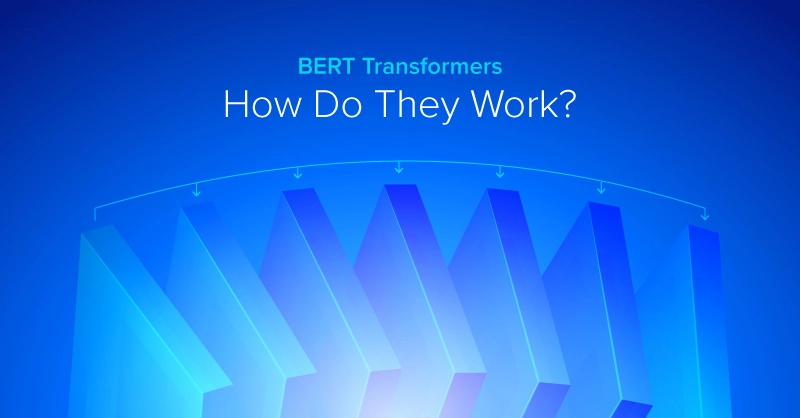

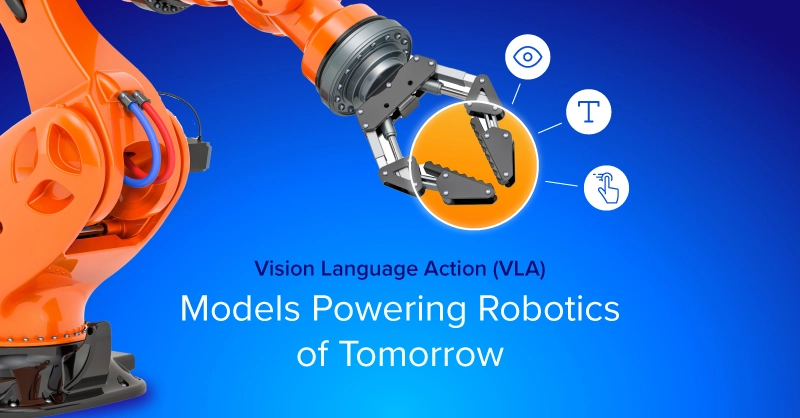
.jpg?format=webp)